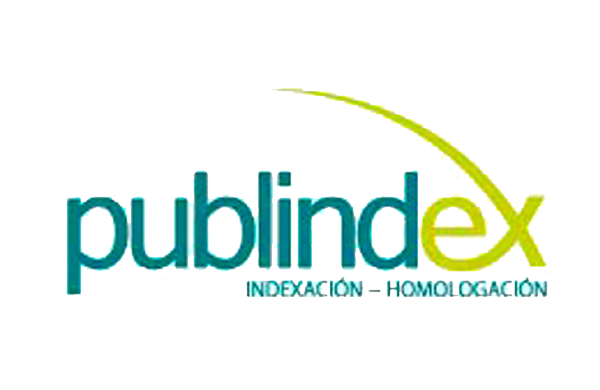Learning about the therapeutic relationship in the Master of Spirituality and Psychotherapy
Abstract
This article brings together the results of the Formal characterization in reception of album-books in a school context (second grade at Normal Higher Education Institution of Armenia). A path towards the strengthening of meaningful competence research, developed in order to find out how second-grade children read album-books, and how such reading modes influence the development of significant competence (MEN, 1998). The adopted methodology included: 1) recognition of the group’s own reading practices; 2) establishment of an album-book corpus from the Colección Semilla; and 3) design and implementation of instruments for data collection, and subsequent analysis. Two mechanisms were used for interpretation: 1) comparison between reader behavior during two reading circumstances (collective and individual); and 2) establishment of emerging categories. The analysis concludes: 1) greater proclivity to iconic code than to verbal code in collective reading; 2) tendency to fill lexical and narrative gaps with own linguistic and cultural tools; 3) Dexterity in recognition of the narrative point of view and the chronological unity of the story; y 4) recognition of the act of reading as a socially hierarchical practice.Downloads
References
Andrade González, N. (2005). La Alianza Terapéutica. Clínica y Salud, 16 (1) 9-29
Badilla Saxe, E. (2008). Dos ejemplos: Piaget y Morin. Nación. Com Recuperado de: https://www.nacion.com/opinion/dos-ejemplos-piaget-y-morin/RDPTYZ2FBRBJRBSAY7H62DT2J4/story/
Caparrós, N. (2010). El psicoanálisis desde el paradigma de la complejidad. Ãtopos, salud mental, comunidad y cultura, (9), 60-78.
Creswell, J. y Creswell, J. (2018). Research Design: Qualitative, Quantitative, and Mixed Methods Approaches. Los Angeles: Sage Publications Inc.
Corbella, S & Botella, L. (2003). La alianza terapéutica: historia, investigación y evaluación. Anales del Psicología. 19 (2) 205-221.
Evans, D. (1996). Diccionario Introductorio de Psicoanálisis Lacaniano, Buenos Aires: Paidos.
Freire, P. (1985). Pedagogía del oprimido. Buenos Aires: Siglo XXI Editores.
Laplanche, J., y Pontalis, J. (2001). Diccionario de Psicoanálisis. Buenos Aires, Paidos.
Max-Neef, N. (2004). Fundamentos de la Transdisciplina, Valdivia, Universidad Austral de Chile. Disponible en www.ecosad.org
Morin, E. (1999). Los siete saberes necesarios para la educación del futuro. Paris: Organización de las Naciones Unidas para la Educación, la Ciencia y la Cultura.
Palombo, S. (1999). The Emergent Ego: Complexity and Coevolution In The Psychoanalytic Process. Connecticut: International University Press, INC.
Pozzoli, M. (2006). El sujeto de la complejidad. La construcción de un Modelo Teórico Transdisciplinar (eco-psico-socio-histórico-educativo). POLIS Revista Latinoamericana.15, 1-16.
Sánchez Ballesteros, E. (2006) ¿Qué es el fenómeno de lo complejo? Ciencia y Hombre, Revista de Divulgación Científica y Tecnología de la Universidad Veracruzana. 19 (3), (s.p) Recuperado de: https://www.uv.mx/cienciahombre/revistae/vol19num3/articulos/fenomeno/index.htm.
Williams Crenshaw, K. (2019). On Intersectionality: Essential Writings. New York: New Press
Yalom, I. (2009). The Gift of Therapy, New York: First Harper Perennial Edition.
Creative Commosn Licence 4.0








